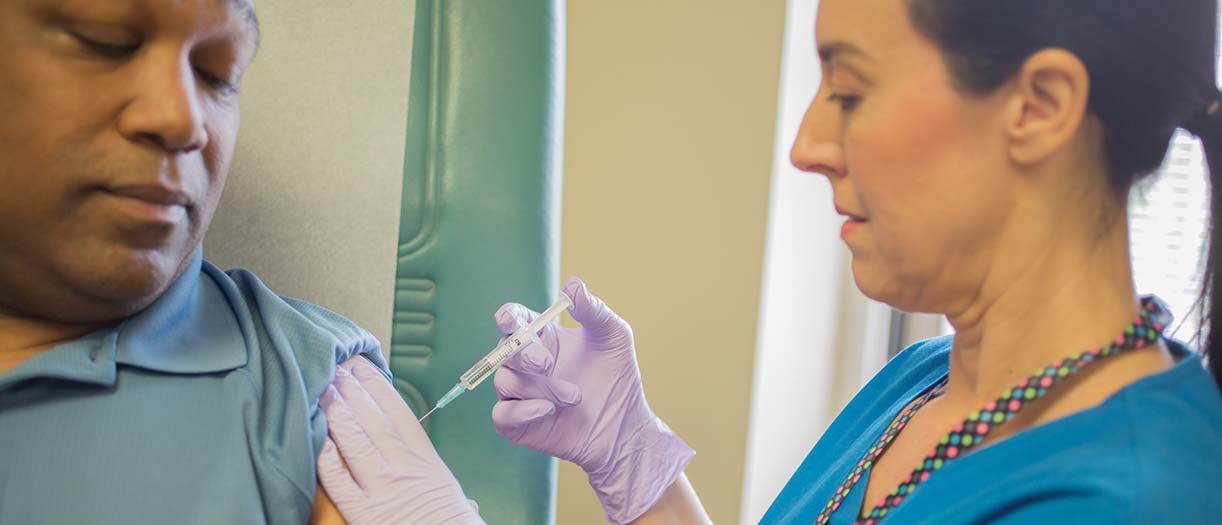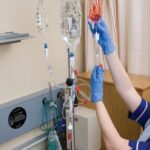Adapting needlestick injury awareness to your target audiences
To raise awareness on needlestick injuries (NSIs) in hospitals, it is important to taylor communication to different groups of healthcare workers (HCWs).
In this interview series, you will hear first-hand experiences of how hospitals are protecting their staff, managing reporting, implementing risk assessment procedures and how safety-engineered devices (SEDs) are being implemented to help meet the challenge of NSIs.
The following video on needlestick injury awareness features Maria Piedad del Amo, Head of the Occupational Health and Safety Department at the Río Hortega University Hospital in Valladolid, Spain.
1. What should be done to improve needlestick injury reporting?
According to Ms. Piedad del Amo, it can be difficult to quantify NSIs. During occupational health interviews, she asks HCWs if they’ve reported NSIs. Most of them answer, “no.” When asked why, they give different reasons. In general, there is a lack of knowledge on the dangers of NSIs to HCW safety.
2. How can HCWs be better informed of the risk of needlestick injuries?
Her department’s aim is to explain the reporting procedure and the risk of blood contamination to them. There are two types of audiences in her hospital. The first audience is made up of new employees, temporary staff and students. For them, information must be clear, short and very specific.
The second audience is the permanent staff. They should be informed on an ongoing basis, so the information needs to be engaging.
Her department uses a multitude of different communication channels to raise awareness on NSIs: displays, posters, labels, videos, social media and the hospital website. Print communication is just as impactful as social media.
More on this topic: 3 keys to preventing needlestick injuries: locate, train, assess
During workshops, HCWs share anecdotes and learn from each other. Ms. Piedad del Amo recruits a leader for each ward to help their colleagues remember the procedures.
The reporting procedure must be as simple and quick as possible. If HCWs must leave their ward following an incident, a colleague should be able to replace them. Incidents must not disrupt work.
Now that instructions are available in multiple locations, they know what to do and can act immediately.
3. How were SEDs introduced in your hospital?
In 2004, her hospital created a pilot project. It was selected by the regional health department and funded with a €230,000 grant from the European Union. With these funds, they began working on NSI prevention.
The first thing they did was create a working group. They decided to replace all conventional devices with safety-engineered devices (SEDs).
More on this topic: Needlestick injury safety, according to an occupational hygienist
She emphasised three key ideas:
- Never allow the simultaneous use of conventional devices and SEDs.
- Inform all HCWs in their work areas at the same time.
- All devices should be changed at the same time.
To hear Ms. Piedad del Amo’s recommendations, watch her interview.
More on this topic: Needlestick injury protection, according to a medical director
References
The views and opinions expressed in this interview are solely those of the interviewee(s) and do not necessarily reflect the view, official policy or position of Becton, Dickinson and Company.
The opinions and clinical experiences presented herein are for informational and educational purposes only.
BD-70109




